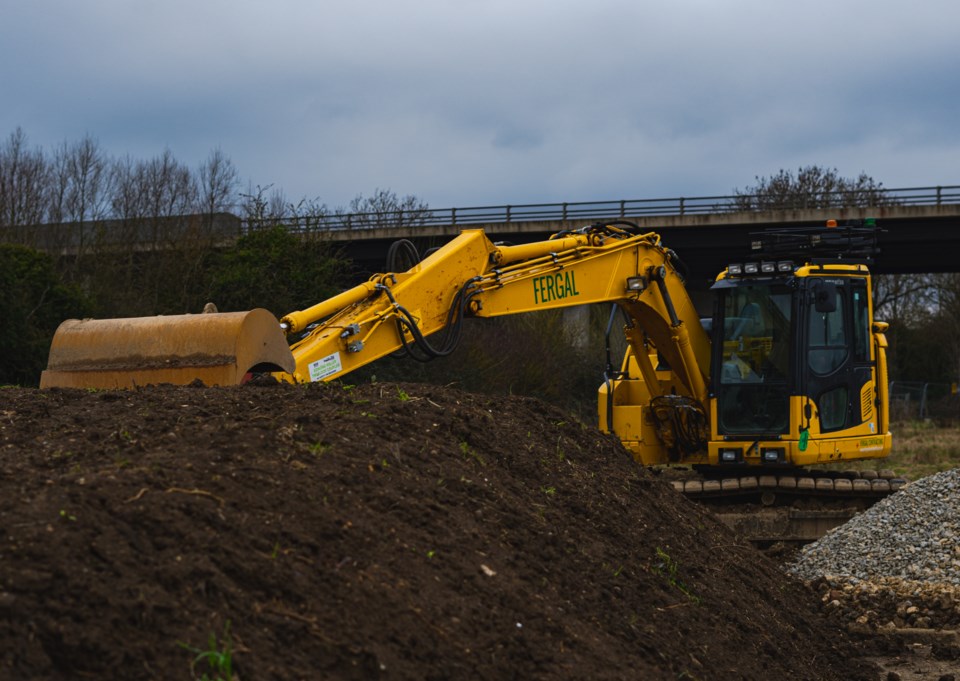A new provincial regulation implemented under the Environmental Protection Act is putting pressure on the construction and development industries to better manage excess soil on construction sites.
In January, the Ministry of Environment, Conservation and Parks, enacted the new On-Site and Excess Soil Management regulation (O. Reg. 406/19).
The purpose of the new regulation is to ensure that excavated soils are treated as a resource and are reused wherever possible. It is also poised to help ensure contaminated soil does not find its way onto otherwise clean sites.
“It's really about the province trying to get a better handle on how excess soil is being managed. It's been an ongoing issue, provincially for some time now,” said Shawn Carey, director of operations for the Town of the Blue Mountains (TBM).
While the new regulation has several environmental benefits, the new standard is having a significant impact on planning and project costs in the construction, infrastructure and development industries.
“The idea behind the regulation is good, it's all about reusing soil where we can,” Carey said. “But that is causing some cost increases.”
As previously reported, TBM town staff have been seeing a 30 per cent increase in construction costs for capital projects through its contract-tendering process. Carey said the new soil regulation is one of the factors contributing to those inflated expenses.
Under the new regulation, projects that require soil excavation will now need to develop a soil sampling plan, which includes soil quality sampling, characterization, lab analysis, data tracking and a plan for the management of the excess soils.
“There's a requirement to have a qualified person sample that material and based on that sampling and soil characterization, tell us where that soil could potentially end up, where it needs to be or what it could be re-used for,” Carey explained.
“Depending on the scope and scale of the capital project, because it depends on how much sampling is actually required based on the volume of excess material, that could cost anywhere from $15,000 to $30,000 just to deal with that portion of the project,” he continued.
The regulation implemented in January is the first of three phases that are set to be put in place over the next five years.
In 2022, further requirements to test, track, and file notices related to excess soil will take effect and by 2025, restrictions on the deposit of excess soil at landfill sites will come into force.
According to Carey, TBM staff are currently exploring the possibility of how the town could incorporate temporary storage of excess soils into its landfill site redesign.
TBM staff are expected to prepare individual staff reports for each 2021 capital project that will outline how the new regulation will impact budgets and project timelines. The initial report is expected to be presented to council on April 6.



.png;w=120;h=80;mode=crop)